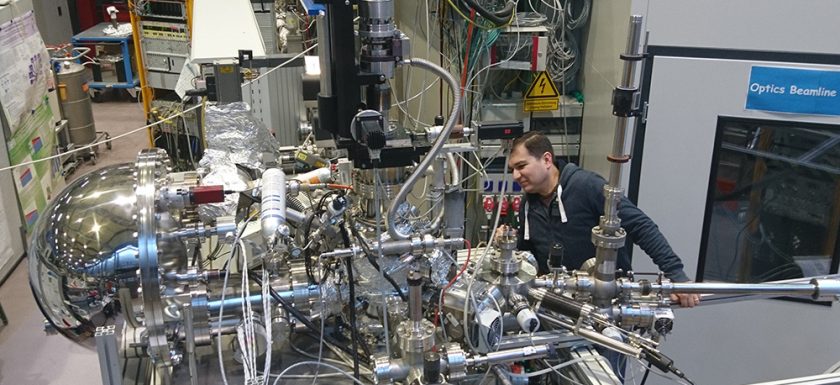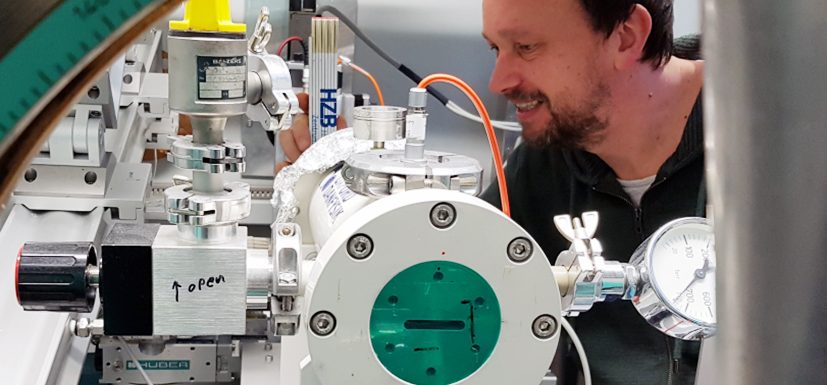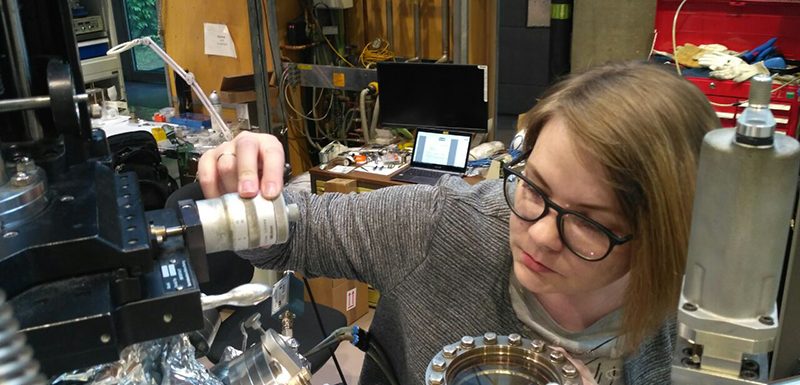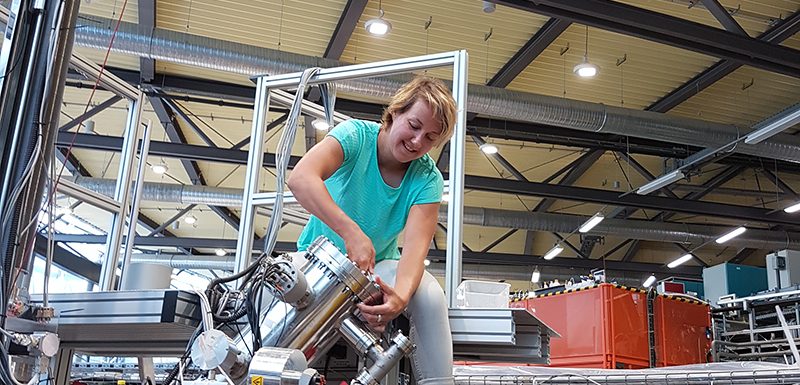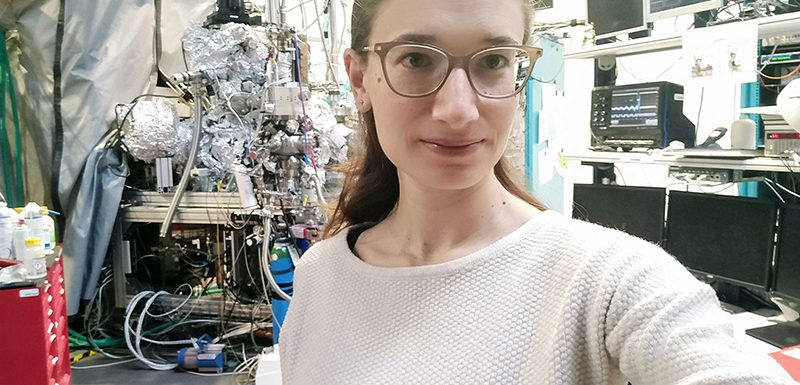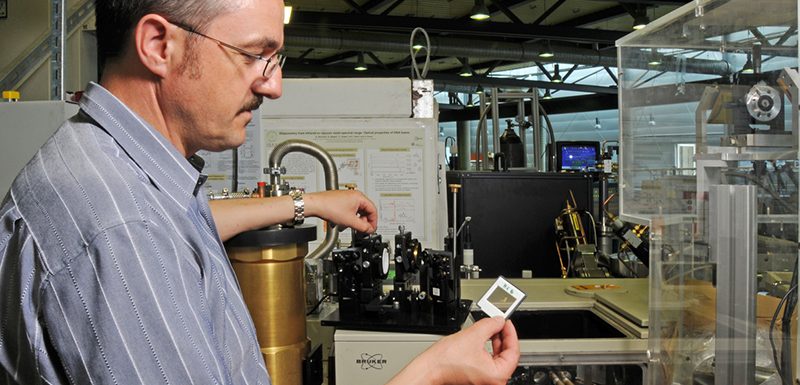#BESSYbeamlinePortraits: Roberto Felix Duarte
At BESSY II, we are operating some 50 beamlines, each of which offers the latest methods in spectroscopy and microscopy.
Each beamline has a dedicated beamline scientist, who not only manages all the projects on the beamline and knows its every secret, but also works with local and visiting scientists to get the best results out of the beam and its instruments for every specific research question they have. Without the beamline scientists, much of the science at BESSY II could never happen.
But who are they? What makes a good beamline scientist and where do they come from? In this little series you are going to find out. Today we introduce Dr. Roberto Felix Duarte, who works at the KMC-1 beamline.Read More →

